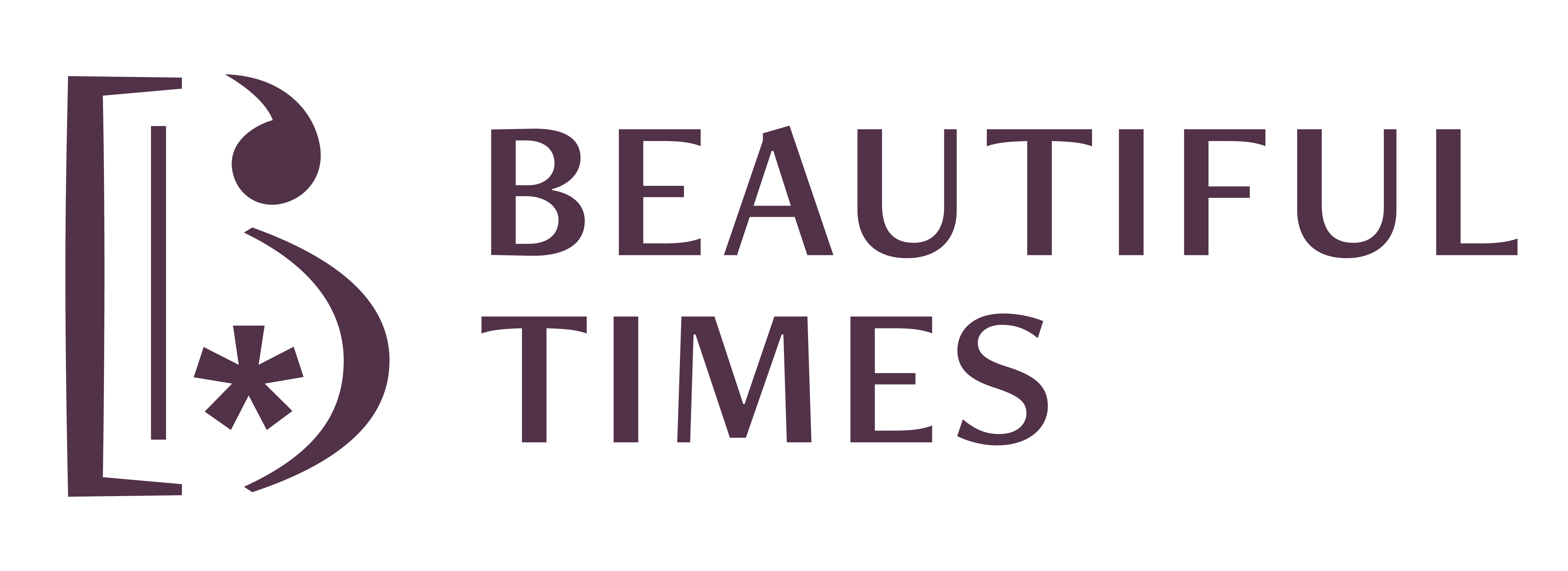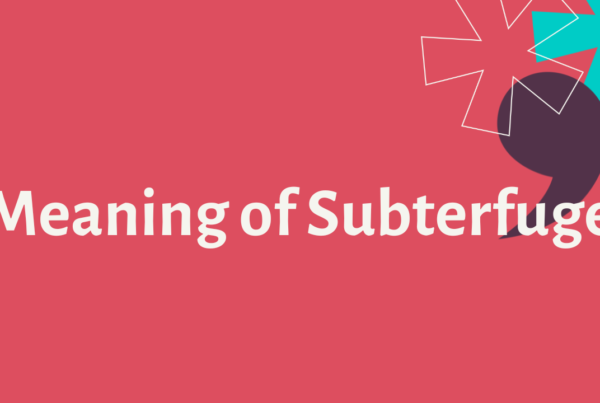With the world consuming content in droves from their smart phones and other cool gadgets, how can you make your content stand out? This is a question every wannabe writer is mulling repeatedly.
Frankly, there is never a magic pill or the proverbial secret sauce to it. It continues to be a consistent effort with sharpening your skills along the way.
However, as someone who has spent my entire professional life penning various types of business, technical and creative artefacts I will share 5 themes that has worked for me.
- WHY DO YOU WANT TO WRITE?
Fundamentally and firstly what are you trying to do through this piece that you are crafting? Basically, answer for yourself, why you are doing this. Once the intent is clear in your mind, the thoughts and ideas stumble out. So do spend a few minutes thinking calmly – why you are writing, for whom and what you wish to achieve.
For example: I am writing this article for anyone who wishes to convey their thoughts in a cohesive written format on the internet.
- WHAT IS THE STYLE OF YOU WRITING?
The choice of words, the phrases, and metaphors that you use as part of your writing is what defines you and makes it a compelling read. Knowing for whom you are writing is what will determine your selection of words. Being flexible as a writer and pandering to your audience needs is what will help your readers find you and not the other way round.
For example: If you are writing for children, consciously you will have to use words that help them visualize and imagine. And, not talk them down but introduce simple but new words that will make them each out for the dictionary.
- HOW WILL YOU START WRITING?
Being organized helps immensely in bringing out the first copy. Irrespective of whether it is a report, collateral, article, press release as a writer you will thank yourself when you create the skeleton of the piece. Creation is always the difficult part of writing and is not something you can compromise on. So, work incognito or go offline, spend quality time in obtaining the main points, important facts, gather evidence, identify visuals, and make the first draft as powerful as possible. Embellishments can come later and that is the joyful part of the completion.
For example: Create a list of points, or broad themes, or main headings with subpoints or phrases. Identify the structure of how it will flow.
- HOW WILL YOU PRESENT THE ARTICLE?
There is so much of interesting work as part of the embellishment stage. Reread the entire piece as a reader and forget that you are the owner of the written word. Play the devil’s advocate and check if every word has earned its place to be and they speak for themselves. Edit ruthlessly, have logical paragraphs, use smartly italics, highlighting, underlining and the use of bold.
For example: I have used in this article a structure of questions, examples, numbering, italics and bold. This will guide your reader through the piece.
- WHAT ACTIONS TO TAKE BEFORE PUBLISH?
The last point is more a hygiene factor that all of us are aware, but it wouldn’t hurt to repeat. Grammar and spelling checks cannot be overlooked, they are sacrosanct. Remember please, MS word will not catch it all. So, take the time to read it manually and ensure all your t’s are crossed and i’s are dotted. Also, there are several tools available to make your writing polished, take advantage of them.
For example, Grammarly can be a good starting point to ensure a third-party check.






